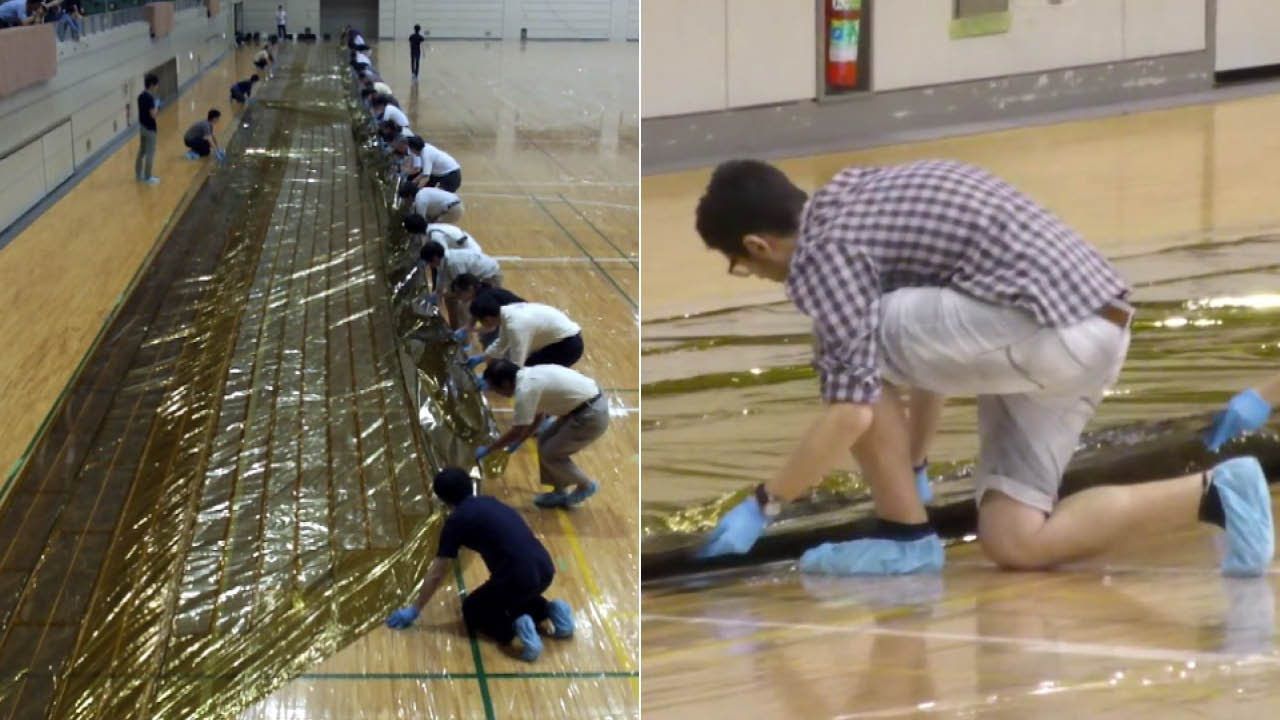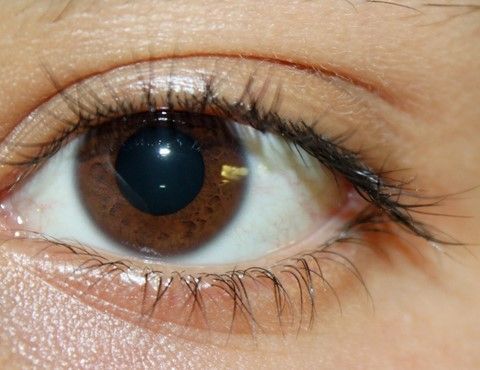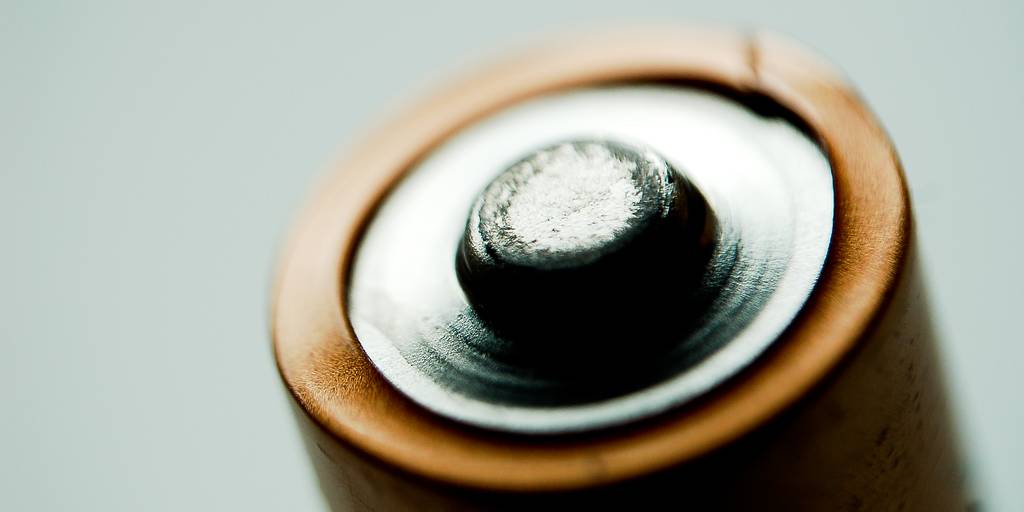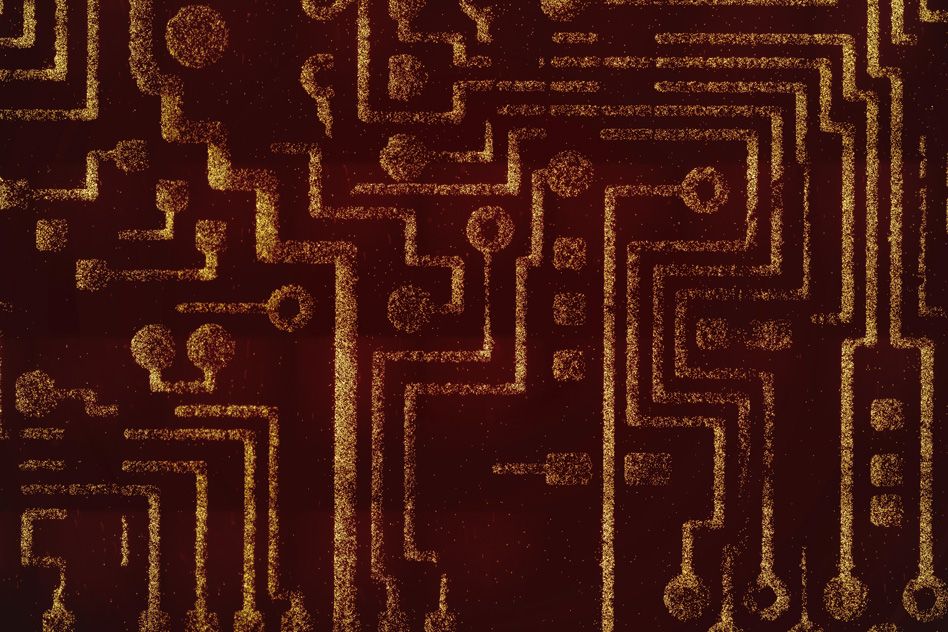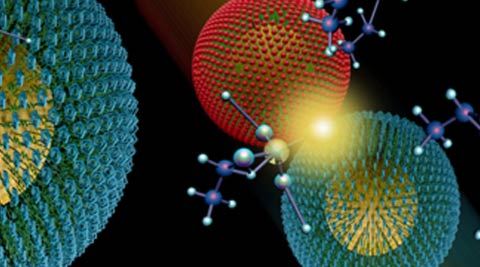Volcanic super-eruptions are bad. Like really bad. Scientists warn of such a potentially civilization-ending catastrophe in our future, but as a new study shows, we’ll only have a year to prepare once the signs of an impending eruption become visible.
A new microscopic analysis of quartz crystals taken from the site of a massive volcanic eruption that occurred 760,000 years ago in eastern California suggests we’ll only have about a year’s worth of advance warning before a devastating super-eruption. In a paper published in PLOS ONE, Guilherme Gualda from Vanderbilt University and Stephen Sutton from the University of Chicago show that super-eruptions don’t require much time to blow their tops, even though they’re tens of thousands of years in the making.

